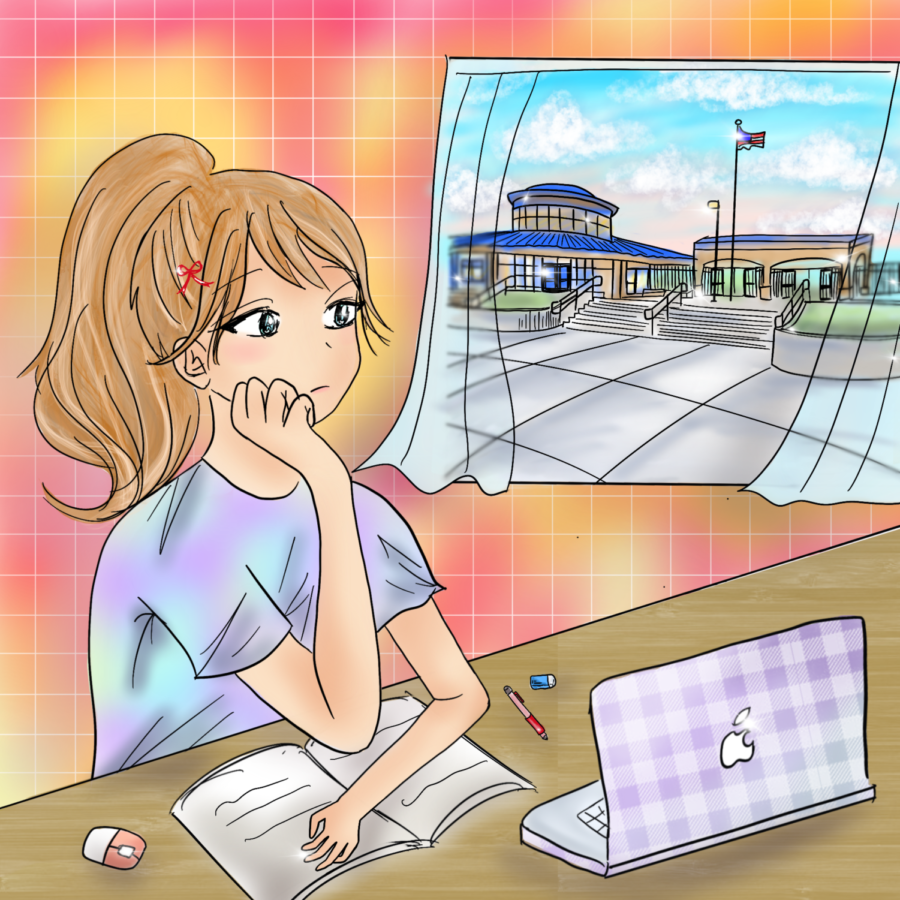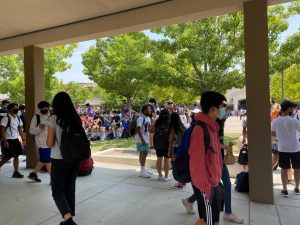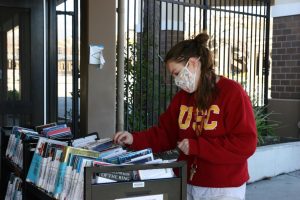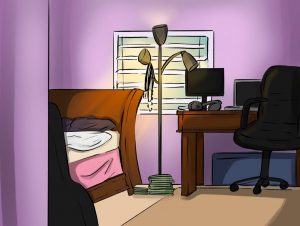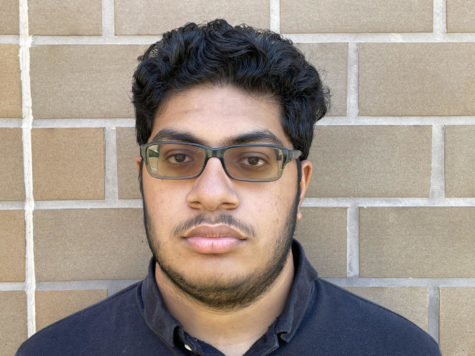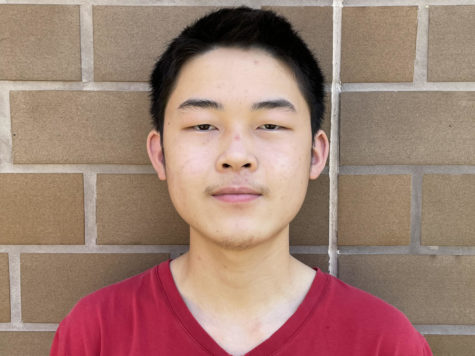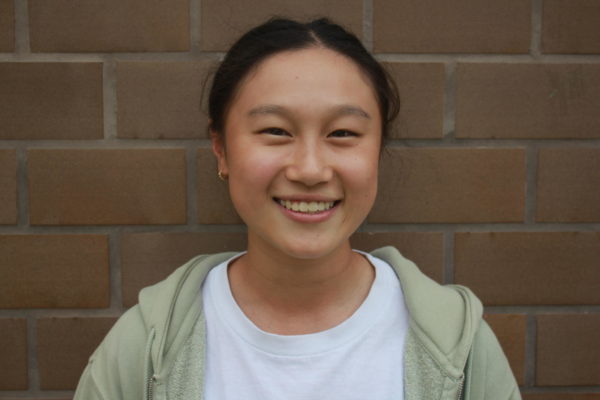Dougherty students and faculty share their experiences during the year at home
Both students and teachers at DVHS were forced to change their daily routines due to the pandemic.
September 29, 2021
Over the course of the 2020-2021 school year, teachers and students at Dougherty Valley High School alike attended school at home due to the COVID-19 pandemic, and many believe their lives have changed significantly during this period.
Those in the Dougherty community had conflicted feelings about their experiences during the year at home. For one, some students found the more relaxed virtual environment less stressful than previous in-person classes.
“I feel like there was a bit less stress,” senior Aaron Yang stated. “It just feels a lot less serious when it’s an online test, when you’re just doing a GoFormative, instead of bubbling in all the [test] sheets.”
Additionally, as U.S. History teacher Jeffrey Vangene noted, many students enjoyed the flexible work schedules, with most assignments being due late at night.
“[There are] definitely a fraction of students that have told me … that they miss online learning, that they’ve gotten used to a year of getting their workload in on their sleep schedules,” Vangene said. “I would say that for a certain amount of students, they liked it in a lot of ways, and there are a certain amount of students that I think preferred the home learning environment.”
However, the relaxed virtual environment and the flexibility of work schedules sometimes had the effect of decreased student motivation in studying.
“You were prone to a lot more distractions. There was no one really telling you to put your phone away, or go onto another tab, or just say, ‘don’t sleep’, because you could turn off your camera and then just fall asleep in the middle of class,” freshman Saanvi Masura explained. “You didn’t try as much, since there was no authoritative person there, if you’re not strong willed independently from the start itself.”
The virtual learning environment also limited the high school experience of Dougherty students, one example being extracurricular activities.
“I play tennis outside of school, and that went completely downhill,” freshman Aahana Surya said. “I couldn’t play tennis for six months because [we] were not allowed to use the courts for tennis during the lockdown.”
Another problem that was prevalent in the virtual setting was the lack of social interaction. Walls of black screens and turned-off cameras were common in Zoom meetings, restricting social interaction with one’s peers and teachers.
“It was harder to really get more interactions with other people, but we were still able to get together on Zoom, which I thought was cool,” sophomore William Wu said. “But it was sad, not being able to have the face-to-face experience.”
In addition, some traditionally in-person activities were limited by the constraints of online learning. Art teachers, such as Ashley Lemay, noticed such limitations when teaching their classes.
“When I’m teaching Art 1, we have a lot of shared supplies, [and] we’re able to get up and walk around and see what other people are doing. And that wasn’t something that we were able to do online. Of course, folks could show what they were doing on the screen, but it wasn’t the same,” Lemay said.
Furthermore, technology issues, particularly those related to internet connection and Wi-Fi, plagued students and teachers alike.
“Sometimes Wi-Fi was just really annoying,” freshman Kevyan Burman explained. “Sometimes Wi-Fi would just cut out in the middle of class, and I have no way of saying if I’m absent or not. And I don’t like getting zeroes, so that was always annoying.”
These technology problems also interfered with the learning process of many students.
“I think that there was only one class that had a lot of technical issues. It was my French class. I think my teacher’s Wi-Fi wasn’t that great, so the sound would sometimes cut out. This is kind of a big deal, because it was a language class,” Yang added. “So that made things more difficult. Other than that, I think everything else went mostly smoothly.”
Finally, these Wi-Fi issues also interrupted the flow of teaching for teachers.
“There were definitely moments where my Wi-Fi went out, and I had to Remind message everyone and be like, ‘Wait, hold on, I’m trying to reconnect,’” Lemay said. “And that was really hard, especially when you felt like you were in a good flow of things, and then everyone’s just gone.”
After a year of learning remotely, many students were excited to return to in-person school.
“[The virtual learning environment] made me view going to school differently, because I always liked being in person and realized that you can learn a lot more in person. It’s a lot better,” Burman stated.
However, some are concerned about the spread of COVID-19 during in-person school.
“I mean, just objectively speaking, there are going to be [COVID] concerns. You have a much higher … chance of getting COVID in a school full of 4,000 people, than just in your house,” Yang said. “… So I feel like there’s a COVID risk, and it could get worse in the future. But really, it would take a really massive crisis for online learning to return.”
Overall, the year at home brought about both positive and detrimental effects for both teachers and students at Dougherty. With in-person school returning, many are looking forward to new opportunities.
“I think it’s way better than remote learning because I get to see my friends in person, interact with them a lot more, see actual people and work with more people together. It feels more right to be in school and move around than just sit at home on … one screen for eight hours and be doing that,” Masura said.

